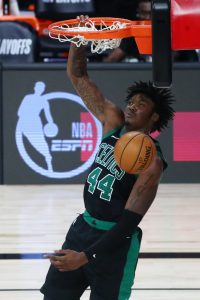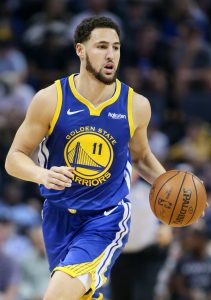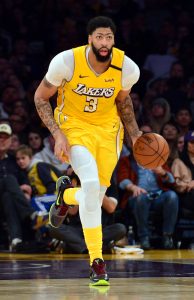Although a handful of big-money free agent contracts were completed during the offseason, the majority of the most lucrative deals signed by NBA players in 2020 have been contract extensions. And six of those extensions – belonging to Giannis Antetokounmpo, Paul George, Jayson Tatum, Donovan Mitchell, Bam Adebayo, and De’Aaron Fox – have been maximum-salary deals.
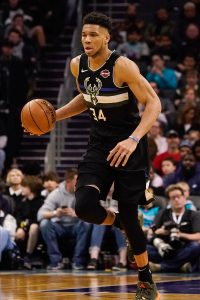 [RELATED: 2020/21 NBA Contract Extension Tracker]
[RELATED: 2020/21 NBA Contract Extension Tracker]
Because those extensions won’t go into effect until the 2021/22 season and the NBA won’t finalize the ’21/22 salary cap until next summer, we can only ballpark what next year’s maximum-salary contracts will look like based on the league’s latest cap estimates.
When the NBA confirmed its salary cap data for the 2020/21 season on November 10, the league also updated its cap estimates for future seasons. According to the NBA, the cap will increase by at least 3% per year and no more than 10% per year for the remainder of the current Collective Bargaining Agreement.
For now, we’re basing our maximum-salary estimates on a 3% increase from this year’s $109,140,000 salary cap, since the NBA is facing probable revenue losses in 2020/21 and seems unlikely to bump the cap too substantially next season.
Listed below are the early maximum-salary projections for 2021/22, based on a $112,414,200 cap. The first chart shows the maximum salaries for a player re-signing with his own team — a player’s previous club can offer five years instead of four, and 8% annual raises instead of 5% raises. The second chart shows the maximum salaries for a player signing with a new team.
A player’s maximum salary is generally determined by his years of NBA experience, so there’s a wide gap between potential earnings for younger and older players. Unless they qualify for a more lucrative extension by meeting certain performance criteria, players with no more than six years of NBA experience are limited to a starting salary worth up to 25% of the cap. For players with seven to nine years of experience, that number is 30%. For players with 10 or more years of experience, it’s 35%.
Here are the the early max-salary projections for 2021/22:
A player re-signing with his own team (8% annual raises, up to five years):
| Year |
6 years or less |
7-9 years |
10+ years |
| 2021/22 |
$28,103,550 |
$33,724,260 |
$39,344,970 |
| 2022/23 |
$30,351,834 |
$36,422,201 |
$42,492,568 |
| 2023/24 |
$32,600,118 |
$39,120,142 |
$45,640,166 |
| 2024/25 |
$34,848,402 |
$41,818,083 |
$48,787,764 |
| 2025/26 |
$37,096,686 |
$44,516,024 |
$51,935,362 |
| Total |
$163,000,590 |
$195,600,710 |
$228,200,830 |
The “6 years or less” column here is what the new extensions for Tatum, Mitchell, Adebayo, and Fox will look like if none of them make All-NBA teams in 2021. Each of those four players has Rose Rule language in his contract, however, and could move up to the 30% max column (“7-9 years”) if certain criteria are met.
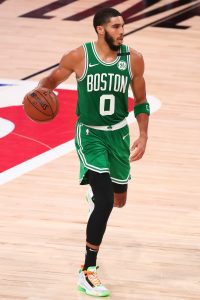 Tatum and Mitchell just have to make any All-NBA team to bump the total projected value of their extensions from $163MM to $195.6MM, but Fox would have to make All-NBA First Team and Adebayo would have to win an MVP award. Fox and Adebayo can earn “max” salaries above 25% but below 30% if they achieve certain other criteria.
Tatum and Mitchell just have to make any All-NBA team to bump the total projected value of their extensions from $163MM to $195.6MM, but Fox would have to make All-NBA First Team and Adebayo would have to win an MVP award. Fox and Adebayo can earn “max” salaries above 25% but below 30% if they achieve certain other criteria.
The third column applies not just to players with 10+ years of experience, but also to players who meet the Designated Veteran Extension criteria. Antetokounmpo fits that bill, so his deal is worth a projected $228.2MM.
George will have 10+ years of experience under his belt when his new extension takes effect in 2021/22, so its value is reflected in the third column here as well, albeit without the fifth and final year.
The third column also reflects what Kawhi Leonard could get in free agency if he opts out in 2021, though he won’t have full Bird rights yet, preventing him from signing for more than four years.
If the cap increases by 10%, the five-year values for these maximum-salary contracts would increase to approximately $174.1MM (25%), $208.9MM (30%), and $243.7MM (35%).
A player signing with a new team (5% annual raises, up to four years):
| Year |
6 years or less |
7-9 years |
10+ years |
| 2021/22 |
$28,103,550 |
$33,724,260 |
$39,344,970 |
| 2022/23 |
$29,508,728 |
$35,410,473 |
$41,312,219 |
| 2023/24 |
$30,913,906 |
$37,096,686 |
$43,279,468 |
| 2024/25 |
$32,319,084 |
$38,782,899 |
$45,246,717 |
| Total |
$120,845,268 |
$145,014,318 |
$169,183,374 |
If a player changes teams as a free agent, he doesn’t have access to a fifth year or 8% raises. So if a player like John Collins opts to sign an offer sheet with a team besides the Hawks next summer, he’ll be limited to a four-year deal projected to be worth just shy of $121MM.
If Victor Oladipo – or another veteran with between seven and nine years of NBA experience – wants to change teams in 2021, he would be able to sign a four-year contract worth up to a projected $145MM.
Leonard – or another veteran with 10+ years of experience – would be limited to just under $170MM over four years if he changes teams as a free agent in 2021.
If the cap increases by 10%, the four-year values for these maximum-salary contracts would increase to approximately $129.1MM (25%), $154.9MM (30%), and $180.7MM (35%).
Photos courtesy of USA Today Sports Images.
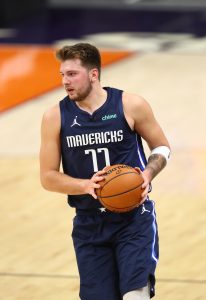

 [RELATED:
[RELATED:  Tatum and Mitchell just have to make any All-NBA team to bump the total projected value of their extensions from $163MM to $195.6MM, but Fox would have to make All-NBA First Team and Adebayo would have to win an MVP award. Fox and Adebayo can earn “max” salaries above 25% but below 30% if they achieve certain other criteria.
Tatum and Mitchell just have to make any All-NBA team to bump the total projected value of their extensions from $163MM to $195.6MM, but Fox would have to make All-NBA First Team and Adebayo would have to win an MVP award. Fox and Adebayo can earn “max” salaries above 25% but below 30% if they achieve certain other criteria.